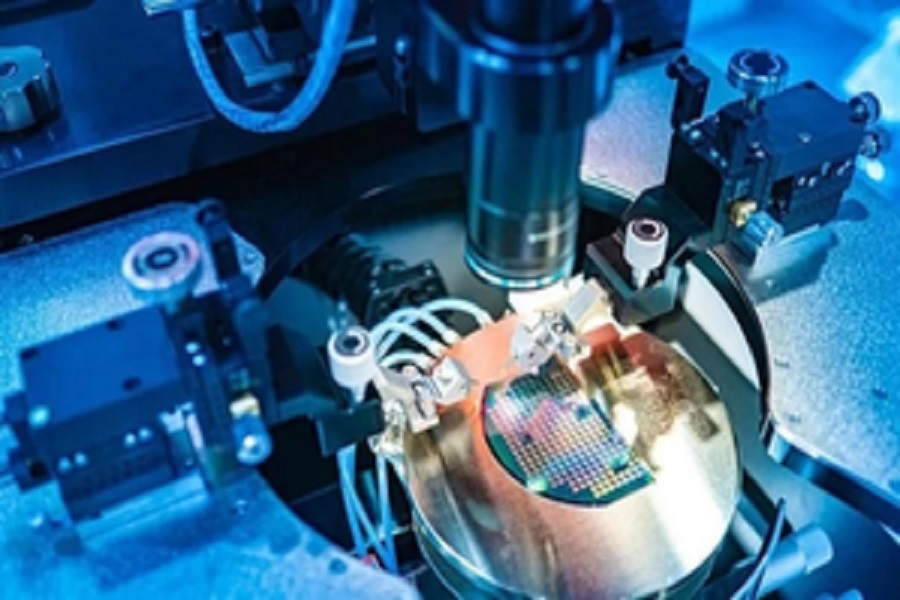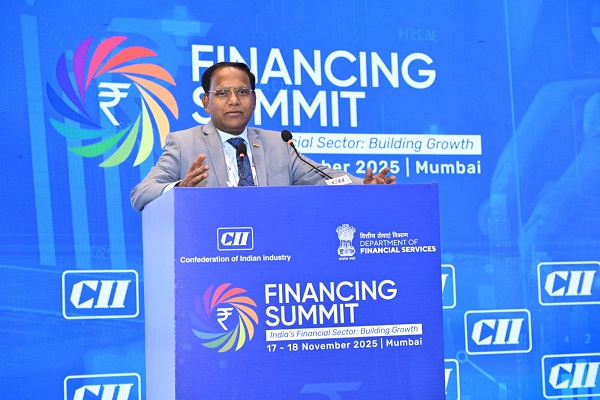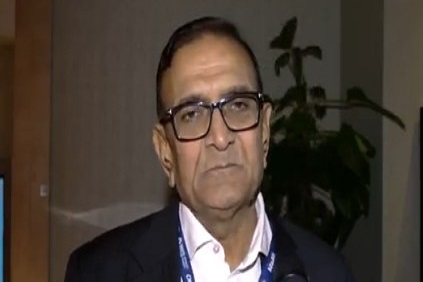Indian researchers` chip mechanism insights could lead to efficient devices

A team of Indian researchers on Friday revealed novel insights into the mechanisms that limit electron mobility in semiconductors.
The findings, published in the journal Nano Letters, showcase a big leap forward in understanding the electronic properties of semiconductors for developing more efficient electronic devices.
Scientists from Jawaharlal Nehru Centre for Advanced Scientific Research (JNCASR), Bangalore, an autonomous institute under the Department of Science and Technology (DST), explored the factors that limit electron mobility in scandium Nitride (ScN), a rocksalt semiconductor.
“As manufacturers seek to push the boundaries of electronic device performance, the insights provided by our research could lead to significant advancements in the design and fabrication of ScN-based components,” said Associate Professor Bivas Saha.
ScN has emerged as a promising candidate for next-generation electronics due to its high thermal stability, robustness, and electronic properties. However, despite its potential, the practical application of ScN in electronic devices has been hindered due to its relatively lower electron mobility.
The researchers, led by Saha, focused on identifying and analysing the dominant scattering mechanisms that impeded the flow of electrons and reduced their mobility.
Through a combination of theoretical analysis and experimental validation, the researchers were able to pinpoint the specific scattering mechanisms at play, said the Ministry of Science and Technology.
The results showed that though interactions between electrons and longitudinal optical phonon modes, often described as the Fröhlich interactions set an intrinsic upper bound for ScN’s electron mobility, ionized-impurity and grain-boundary scatterings significantly reduced mobility.
“By addressing the identified scattering mechanisms, it may be possible to engineer ScN materials with improved electron mobility, making them more suitable for a wide range of high-performance applications. These could include thermoelectricity, neuromorphic computing, high mobility electron transistor, and Schottky diode devices,” added Sourav Rudra, lead author of the study.






















